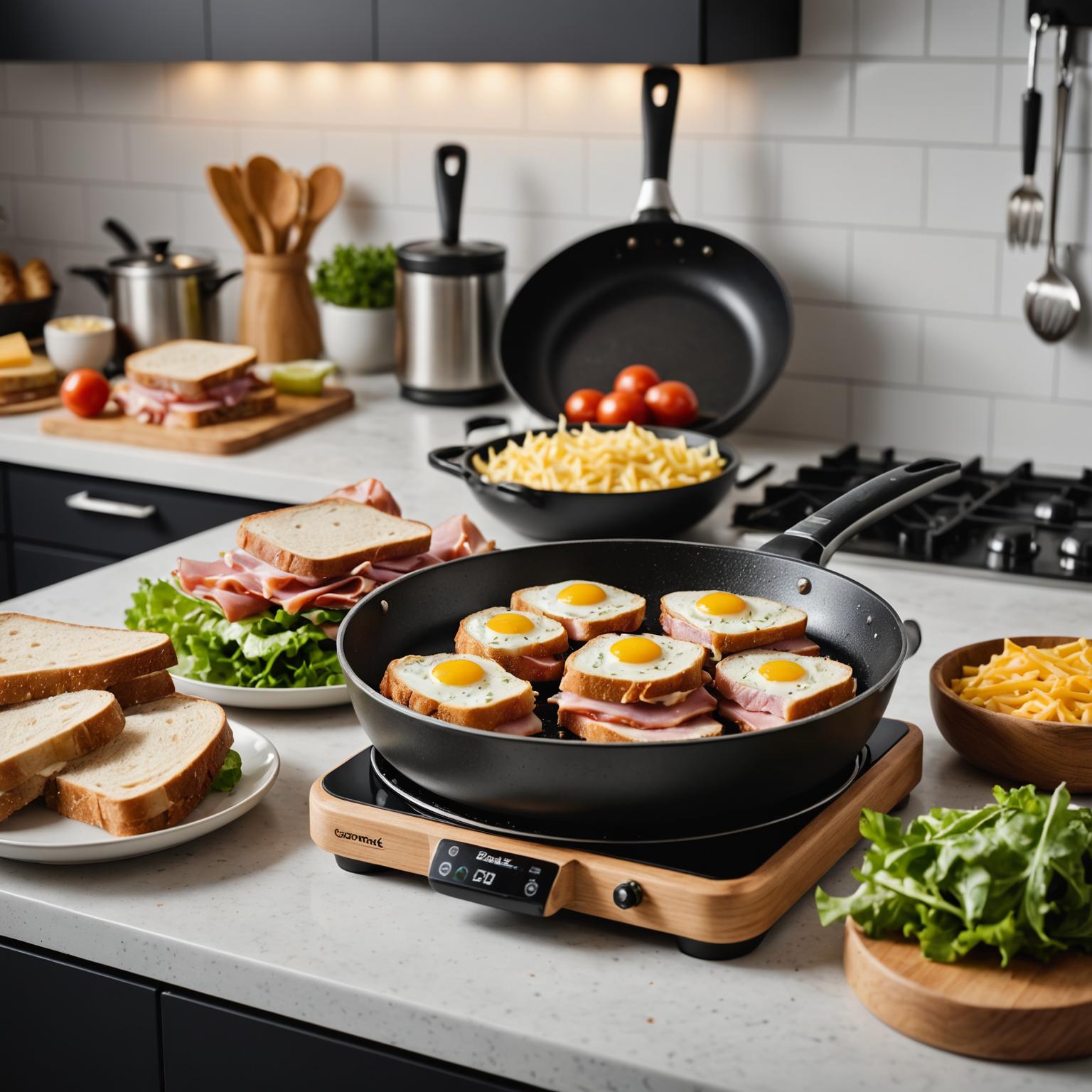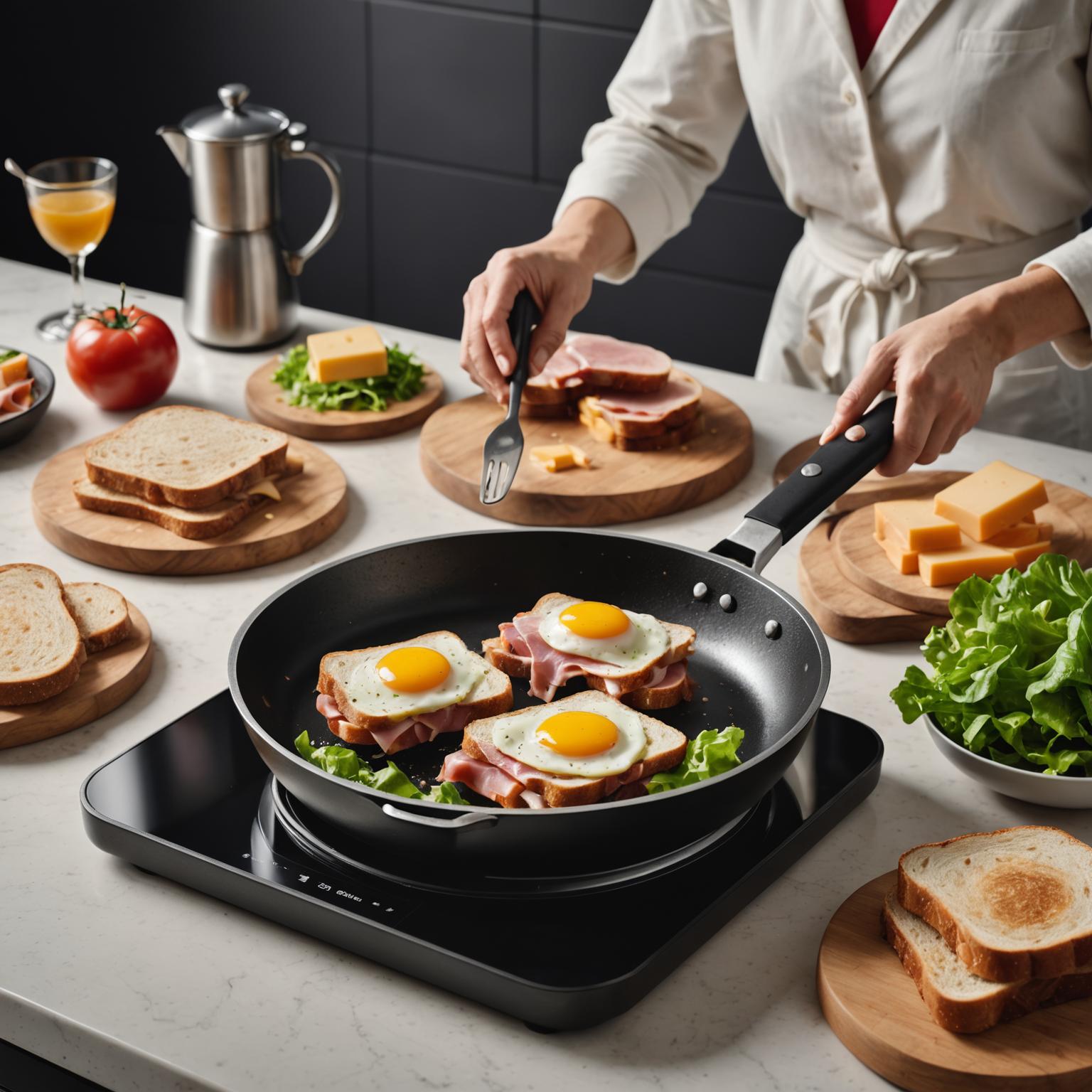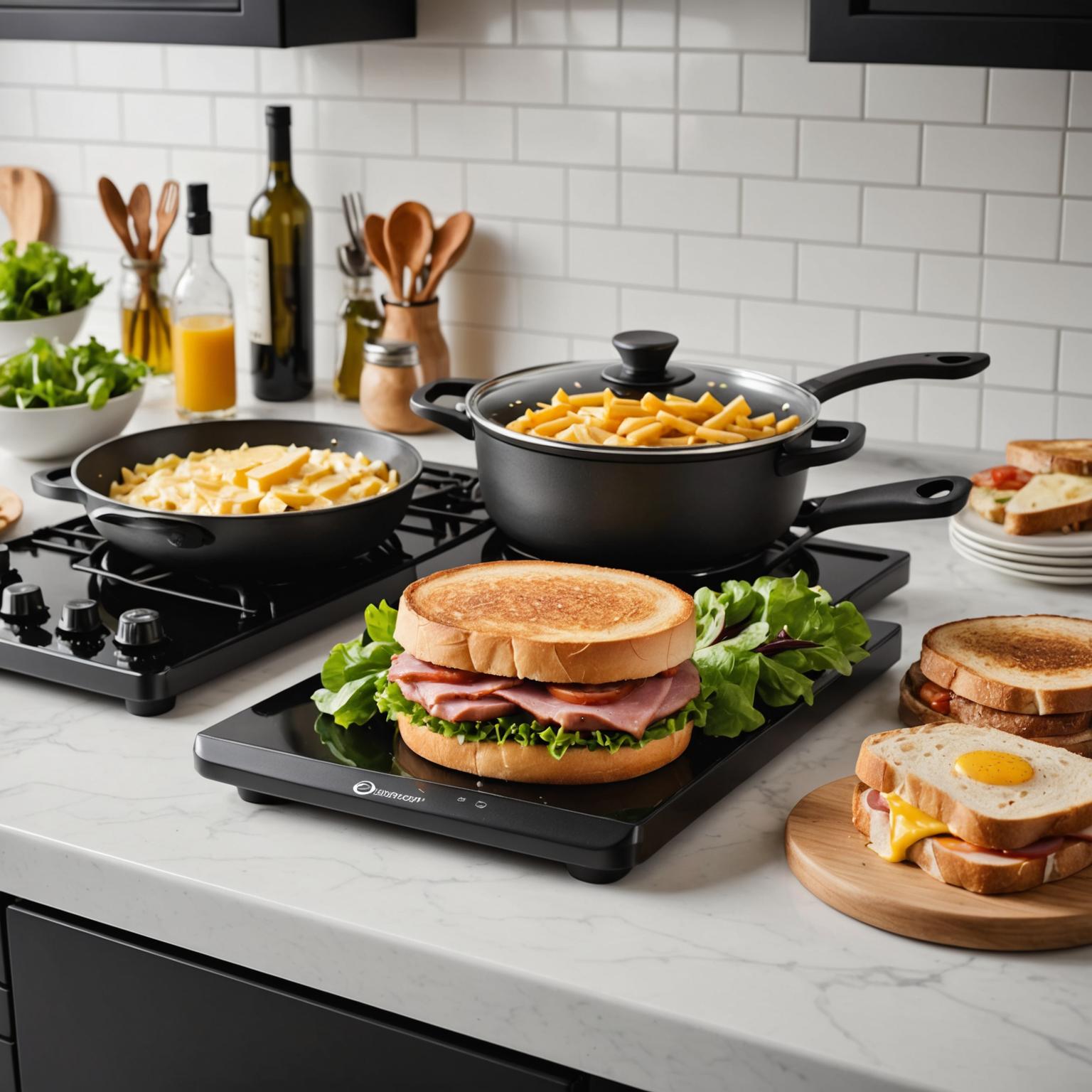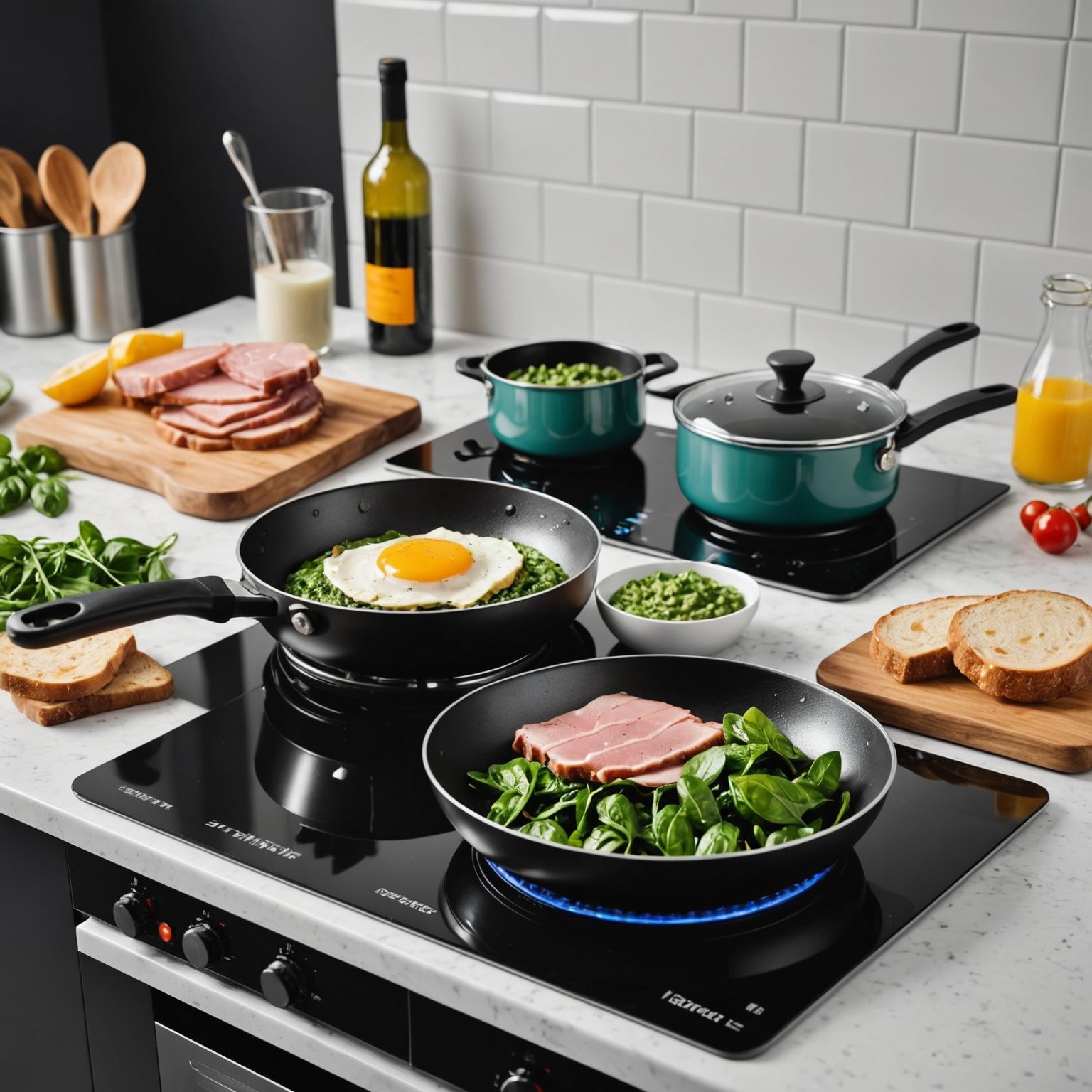A modern kitchen is a hub of efficiency and style, and at its heart often lies a sleek ceramic cooktop. The performance of this appliance hinges on a critical component: the Electric Ceramic Stove Element. When this part functions correctly, it provides consistent, even heat for perfect culinary results. However, when it fails, it can bring your cooking to a standstill. This guide will walk you through understanding these essential elements, the importance of energy efficiency, and the steps to consider for a replacement, ensuring your cooktop remains a reliable kitchen partner.
What is a Ceramic Heating Element?
A Ceramic Heating Element is the component responsible for generating heat beneath the glass-ceramic surface of your cooktop. Unlike old-fashioned coils, these elements are typically ribbon-like circuits that glow red hot when activated. This design allows for rapid, even heat distribution directly to the cookware above. The flat surface not only provides a modern aesthetic but also makes cleaning significantly easier. A well-designed Ceramic Stove Coil ensures that heat is transferred efficiently, reducing hot spots and allowing for precise temperature control, which is essential for everything from simmering a delicate sauce to searing a steak. The quality of this element directly impacts your daily cooking experience and the overall longevity of the appliance.
Exploring Ceramic Heating Element Types
Not all heating elements are created equal, and it's helpful to understand the different Ceramic Heating Element Types available. The most common are ribbon elements, which heat up quickly and offer excellent control. Some cooktops feature dual or triple elements, allowing you to adjust the size of the heating zone to match your pot or pan, which prevents wasted energy. Another type is the halogen element, which uses a halogen lamp as a heat source for almost instantaneous heat. The type of element also influences Ceramic Cookware Suitability. For optimal performance, flat-bottomed cookware made from materials like stainless steel, cast iron, or copper is recommended to ensure maximum contact with the cooktop surface, leading to better heat transfer and more efficient cooking.
Why Energy Efficient Cooktops Matter
In today's world, energy conservation is more important than ever. Modern Energy Efficient Cooktops are designed to minimize wasted heat and electricity. High-quality heating elements play a crucial role in this, as they heat up quickly and transfer energy directly to the pan rather than the surrounding air. Advanced appliances from manufacturers like GUANGDONG WEBO TECHNOLOGY are engineered with this principle in mind, adhering to strict ISO management standards to produce reliable and efficient products. By heating only the cookware, these systems not only save you money on utility bills but also contribute to a safer kitchen environment by keeping the surrounding cooktop surface cooler. Choosing an appliance with certified components (look for marks like VDE, TUV, or UL) ensures you are getting a product built for performance and sustainability.
How to Approach a Ceramic Cooktop Replacement
When an element stops working, a Ceramic Cooktop Replacement becomes necessary. While it may seem daunting, understanding the process can make it manageable. First, always ensure the cooktop is completely disconnected from its power source for safety. Next, you will need to identify the correct replacement Stove Element for Ceramics by checking your appliance's model number. Ordering a certified, high-quality part is crucial for safety and performance. The replacement process generally involves lifting the glass cooktop, locating the faulty element, disconnecting its wiring, and installing the new one in its place. If you are not comfortable with this process, it is always best to hire a qualified technician. Investing in a proper replacement ensures your cooktop will continue to function safely and efficiently for years to come.





